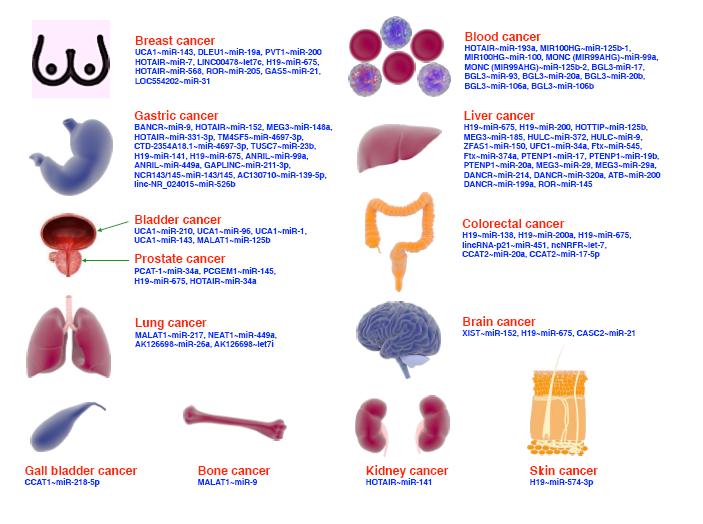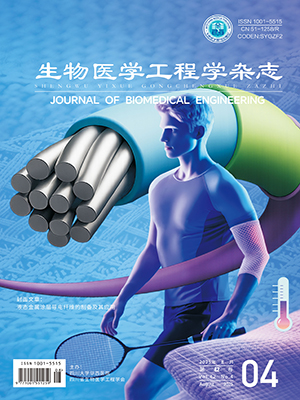| 1. |
Souri H, Banerjee H, Jusufi A, et al. Wearable and stretchable strain sensors: materials, sensing mechanisms, and applications. Adv Intell Syst, 2020, 2: 2000039.
|
| 2. |
Roh E, Hwang B, Kim D, et al. Stretchable, transparent, ultrasensitive, and patchable strain sensor for human-machine interfaces comprising a nanohybrid of carbon nanotubes and conductive elastomers. ACS Nano, 2015, 9: 6252-6261.
|
| 3. |
Lu L, Zhou Y, Pan J, et al. Design of helically double-leveled gaps for stretchable fiber strain sensor with ultralow detection limit, broad sensing range, and high repeatability. ACS Appl Mater Interfaces, 2019, 11: 4345-4352.
|
| 4. |
Zhou G, Byun J, Lee S, et al. Highly stretchable multi-walled carbon nanotube/thermoplastic polyurethane composite fibers for ultrasensitive, wearable strain sensors. Nanoscale, 2019, 11: 5884-5890.
|
| 5. |
Wang C, Hu K, Li W, et al. Wearable wire-shaped symmetric supercapacitors based on activated carbon-coated graphite fibers. ACS Appl Mater Interfaces, 2018, 10: 34302-34310.
|
| 6. |
Wang C, Li Y, He X, et al. Cotton-derived bulk and fiber aerogels grafted with nitrogen-doped graphene. Nanoscale, 2015, 7: 7550-7558.
|
| 7. |
Kim H, Shaqeel A, Han S, et al. In situ formation of Ag nanoparticles for fiber strain sensors: Toward textile-based wearable applications. ACS Appl Mater Interfaces, 2021, 13(33): 39868-39879.
|
| 8. |
Guan F, Xie Y, Wu H, et al. Silver nanowire-bacterial cellulose composite fiber-based sensor for highly sensitive detection of pressure and proximity. ACS Nano, 2020, 14(11): 15428-15439.
|
| 9. |
Yu X, Fan W, Liu Y, et al. A one-step fabricated sheath-core stretchable fiber based on liquid metal with superior electric conductivity for wearable sensors and heaters. Adv Mater Technol, 2022, 7(7): 2101618.
|
| 10. |
Zhai H, Xu L, Liu Z, et al. Twisted graphene fibre based breathable, wettable and washable anti-jamming strain sensor for underwater motion sensing. Chem Eng J, 2022, 439: 135502.
|
| 11. |
Zhang M, Yang W, Wang Z, et al. Highly compressible and thermal insulative conductive Mxene/PEDOT: PSS@Melamine foam for promising wearable piezoresistive sensor. Appl Phys Lett, 2023, 122(4): 0137571.
|
| 12. |
Lee T, Kim J, Lee J. Fabrication of highly conductive fibers by metal ion-exchange using a simply modified wet-spinning process. Macromol Res, 2018, 25: 1230-1236.
|
| 13. |
Wang J, Huang S, Lu X, et al. Wet-spinning of highly conductive nanocellulose-silver fibers. J Mater Chem C, 2017, 5: 9673-9679.
|
| 14. |
Liu Y, Xu Z, Zhan J, et al. Superb electrically conductive graphene fibers via doping strategy. Adv Mater, 2016, 28: 7941-7947.
|
| 15. |
Zhu S, So J H, Mays R, et al. Ultrastretchable fibers with metallic conductivity using a liquid metal alloy core. Adv Funct Mater, 2013, 23: 2308-2314.
|
| 16. |
Lu Y, Hu Q, Lin Y, et al. Transformable liquid-metal nanomedicine. Nat Commun, 2015, 6: 10066.
|
| 17. |
Guo R, Liu J. Implantable liquid metal-based flexible neural microelectrode array and its application in recovering animal locomotion functions. J Micromech Microeng, 2017, 27: 104002.
|
| 18. |
Guo R, Sheng L, Gong H. Liquid metal spiral coil enabled soft electromagnetic actuator. Sci China Technol Sci, 2018, 61: 516-521.
|
| 19. |
Matsuzaki R, Tabayashi K. Highly stretchable, global, and distributed local strain sensing line using GaInSn electrodes for wearable electronics. Adv Funct Mater, 2015, 25: 3806-3813.
|
| 20. |
Zhao X, Xu S, Liu J. Surface tension of liquid metal: role, mechanism and application. Front Energy, 2017, 11: 535-567.
|
| 21. |
Zhu L, Wang B, Handschuh-Wang S, et al. Liquid metal based soft microfluidics. Small, 2020, 16: 1903841.
|
| 22. |
Chang H, Zhang P, Guo R, et al. Recoverable liquid metal paste with reversible rheological characteristic for electronics printing. ACS Appl Mater Interfaces, 2020, 12: 14125-14135.
|
| 23. |
Farrell Z, Tabor C. Control of gallium oxide growth on liquid metal eutectic gallium/indium nanoparticles via thiolation. Langmuir, 2018, 34: 234-240.
|
| 24. |
薛超, 杨晓川, 夏旺, 等. 液态金属/聚氨酯复合弹性导电纤维的制备及性能. 印染, 2021, 47(12): 13-16.
|
| 25. |
Buchanan C, Gardner L. Metal 3D printing in construction: a review of methods, research, applications, opportunities and challenges. Eng Struct, 2019, 180: 332-348.
|
| 26. |
Zheng Y, He Z, Yang J, et al. Personal electronics printing via tapping mode composite liquid metal ink delivery and adhesion mechanism. Sci Rep, 2014, 4: 4588.
|
| 27. |
Zhang Q, Zheng Y, Liu J. Direct writing of electronics based on alloy and metal ink (DREAM) ink: a newly emerging area and its impact on energy, environment and health sciences. Front Energy, 2012, 6: 311-340.
|
| 28. |
Zhou N, Jiang B, He X, et al. A superstretchable and ultrastable liquid metal-elastomer wire for soft electronic devices. ACS Appl Mater Interfaces, 2021, 13: 19254-19262.
|
| 29. |
Guo R, Wang H, Chen G, et al. Smart semi-liquid metal fibers with designed mechanical properties for room temperature stimulus response and liquid welding. Appl Mater Today, 2020, 20: 100738.
|
| 30. |
Tian Y, Wang Z, Cao S, et al. Connective tissue inspired elastomer-based hydrogel for artificial skin via radiation-indued penetrating polymerization. Nat Commun, 2024, 15(1): 636.
|




